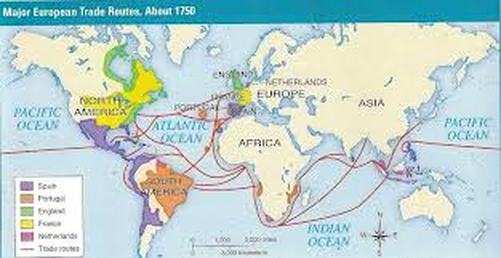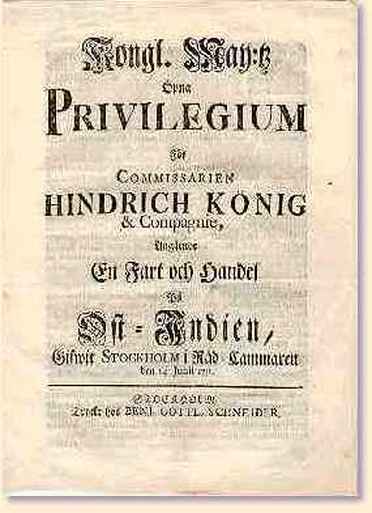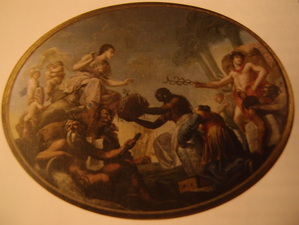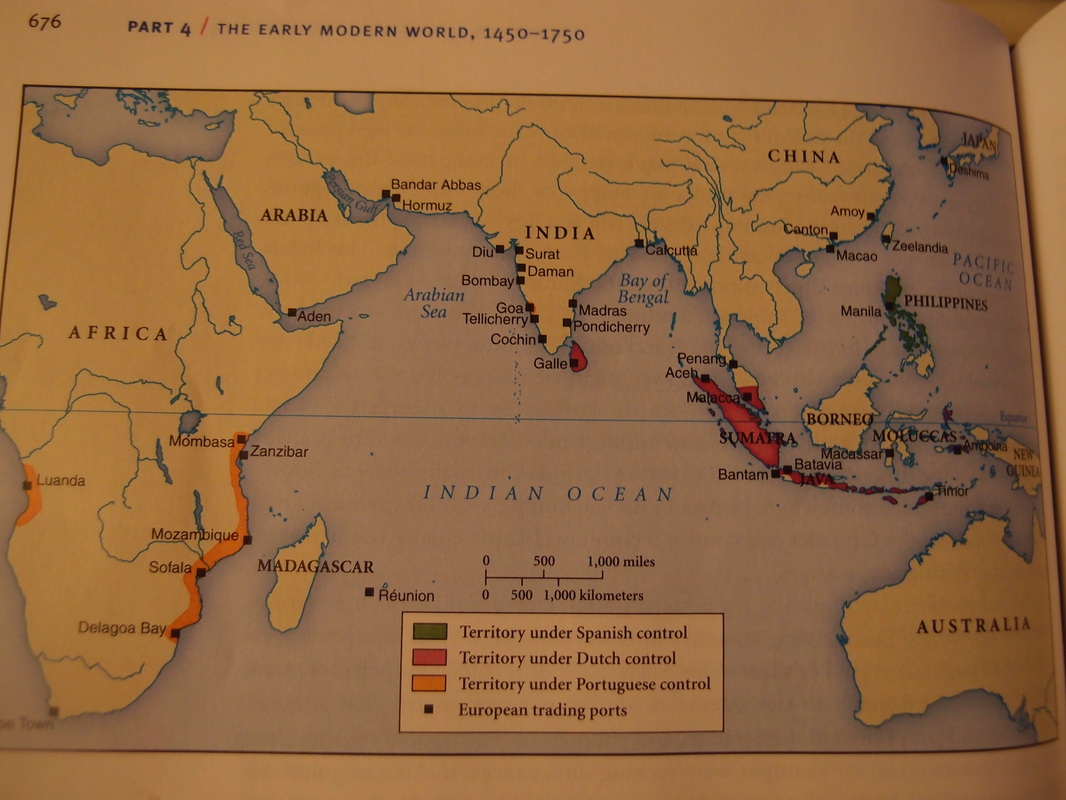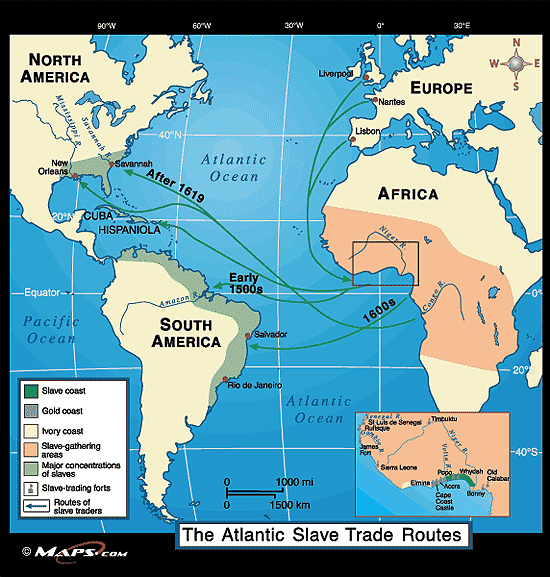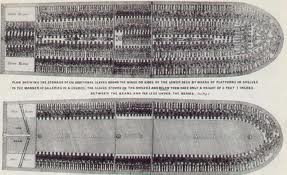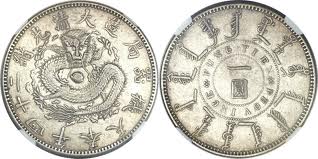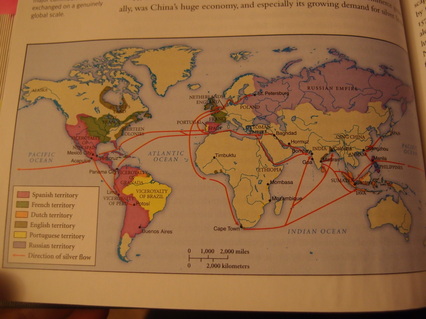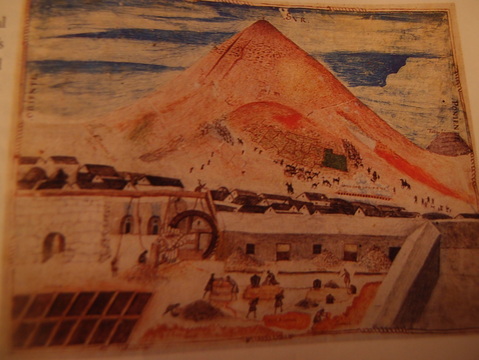Basic Gist
Lauren Ellsworth
World Economies 1450-1750
The trading, empire building, and conquest of the Early Modern Period (1450-1750) was made possible by new financing systems such as joint stock companies and mercantilism as well as a global network of trade including triangular trade between the Eastern and Western continents and a global circulation of silver that connected all continents through trade for the first time in history. The overall significance of these four things (joint stock companies, mercantilism, the triangular trade, and the globalization of silver) is that all are connected to the idea of having as much trade as possible. All four also reflect the benefits of independently run economies and the significance of colonization for Europe.
In the 15th Century, Portugal was attempting to create a trading network using the Indian Ocean. Europe as a whole was eagerly to find a route to China and explore worlds to the West. With the discovery of the Americas, colonization began and global trade began to be. First, the Portuguese and then the Spanish, Dutch, and British found their way into the ancient Asian world of Indian Ocean commerce. How they behaved varies between them, but collectively they all contributed to the new network of globalized trade.
As for Asia, Chine and Japan were the polar opposite of their European counterparts. Both were highly isolationist. Not only did they not go out and try to find the rest of the world, they also pushed the rest of the world away when it came to find them.
As for Asia, Chine and Japan were the polar opposite of their European counterparts. Both were highly isolationist. Not only did they not go out and try to find the rest of the world, they also pushed the rest of the world away when it came to find them.
Joint-Stock Companies
|
The English were the first to utilize joint stock companies, the earliest recognized company being the Company of Merchant Adventurers to New Lands, chartered in 1553 with 250 shareholders. A more well known, wealthy, and powerful joint stock company was the English (later British) East India Company, granted a charter by Elizabeth the 1st in 1600. The intention of this company was to develop trade privileges in India, and it was given a 15 year monopoly on all trade in the East Indies. It transformed from a commercial trading venture to one that virtually ruled India as it acquired auxiliary governmental and military functions, until it ended.
|
A joint stock company is an organization created to pool the resources and skills of many merchants, thereby distributing the costs and risks of colonization and reducing the danger for individual investors. They were supported by government charter. For example, to the right is a picture of the Charter to the Swedish East India Company. Joint stock companies in history typically sell shares to raise money for trading enterprises and, again, to spread the risks and profits of business among many shareholders. Investors bought shares, or stock, in the company. If the company made money, each investor would receive a profit proportional to his or her initial investment.
Monarchies often granted monopolies to joint-stock companies to trade routes. The Muscovy Company of England, for example, monopoloized trade routes to Russia, for example. Another example would be the Dutch East India Company controlling routes to the Spice Islands (modern day Indonesia). These companies later secured royal charters for colonies, like the Jamestown colony in Virginia, and European governments funded them for business purposes. This is significant because it fueled colonization, a key step to the global economy about to emerge. |
Joint stock companies were able to form in Europe for several reasons. First of all, as we have learned in previous Units, European trade was highly decentralized. Cities were allowed to operate on their own, so markets were able to as well. Essentially, Europe was capitalist and this allowed for change. Also, new ships and military technology allowed for the better colonization of the new world, which meant huge profits and success for joint stock companies. Successful voyages reaped huge profits. A substantial middle class of merchants continued to develop, which in turn attracts more investors. This is a key part of the significance of joint-stock companies. The modern concept of a stock market formed.
Increased trade led to new ideas and theories concerning macroeconomics, such as Mercantilism.
Increased trade led to new ideas and theories concerning macroeconomics, such as Mercantilism.
Mercantilism
|
The goal of mercantilism is to export more than you import. Under the theory of mercantilism, a country actively sought to trade, but to keep a favorable balance of exports and imports so that the mercantile nation has an advantage over others.
One country's surplus had to be met with another's deficit. To avoid this problem, European countries were clearly eager to colonize. The mother country would take raw resources from the colonies (not considered importing anything because the mother country “owned” them). Then, new markets were created exporting processed exports. while creating new markets for processed exports. In addition to colonization, Monarchies promoted domestic industry and placed tariffs on imports from competing empires. Joint-stock companies were a large part of mercantilism since they were the vessels that brought the raw resources and therefore wealth back home. |
Mercantilism fostered resentment in colonies. Colonial resources were shipped back to Europe while the colonists were forced to pay for products from Europe. With taxes and tariffs on products their own labor had gone into, colonists would understandably grow unsatisfied. This would be of significance later in history.
Mercantilism happened because increased trade facilitated by joint-stock companies, larger networks from exploration, and a hunger for prosperity called for it in Europe. |
Triangular Trade
|
The slave trade within triangular trade specifically is well known. Beyond the multitude of individual tragedies that it spawned - capture and sale, displacement from home cultures, forced labor, mistreatment and abuse, broken families - the Atantic slave trade transformed the societies of all its participants. African tribes already fighting against each other sold enemies into slavery. Economies of new colonies were dependant on slave labor and therefore mother countries were as well. This dependency is a shift that has not yet been seen. Beyond any economic impact though, slaves were victimized beyond imagination and many tales exist of the horrors of the middle passage as well as working on sugar and tobaccor plantations within triangular trade.
|
Triangular trade was commerce linking Africa, the new world colonies, and Europe; slaves were carried to America for sugar, and tobacco transported to Europe.
The triangular trade emerged out of demand for certain raw goods,which traces back to mercantilism. Overall, the more trade a region experiences, the more it desired to expand and trade more to gain further profit and materials for luxury goods. Greed fuels change across history. Within triangular trade, sugar was extremely significant and because of this, slave labor on an entirely different level happened. The following quote from James Walvin explains why: "Coffee, chocolate and tea- All had a naturally bitter taste. What made them palatable to Europeans was sugar. Without [slavery] there would have been no sugar" |
Global Circulation of Silver
|
The silver trade, even more that the Spice trade of Eurasia, gave birth to a genuiniely global network of trade. The mid-sixteenth-century disovery of rich silver deposits in Bolavia and simaltaneously in Japan suddently provided a vastly increased supply of it. Spanish America produced around 85% of the world's silver during the Early Modern Era (1450-1750)
Spain's sole colony, the Philippines, was a major link in the silver trade. Trading Silver from Acapulco in Mexico to Manila in the Philipines was the first time there was sustained trade between the Americas and Asia. |
China's economy is something to note the impact of the silver trade within. Its growing demand for silver essentially fueled the drive behind the entire silver trade. Chinese authorities consolidated a variety of taxes into one tax, which China's now huge population of millions was now required to pay in silver. This sudden new demand for silver caused its value to skyrocket.
|
The significance of the silver trade is essentially that it united the entire world in trade for the first time ever. Also, in it's global journeys, silver changed so much about the places it was a major focus. The city of Potosi is an excellent example of such change. A Spanish observer in the 1570s notes that "New people arrive by the hour, attracted by the smell of silver". Potosi became the largest city in the Americas, equivalent in size to London. Wealthy elites lived in luxury with all the goods of Europe and Asia. Meanwhile, Native American miners worked in terrible conditions. One Spanish priest referred to Potosi as a "potrait of hell".
The point of the story of Potosi is that the silver trade caused rapid change in central places that it touched. This is a trend to take notice of throughout history. Anywhere that trade becomes huge, cities form and therefore new cultures, ideas, and interactions are started.
The point of the story of Potosi is that the silver trade caused rapid change in central places that it touched. This is a trend to take notice of throughout history. Anywhere that trade becomes huge, cities form and therefore new cultures, ideas, and interactions are started.
